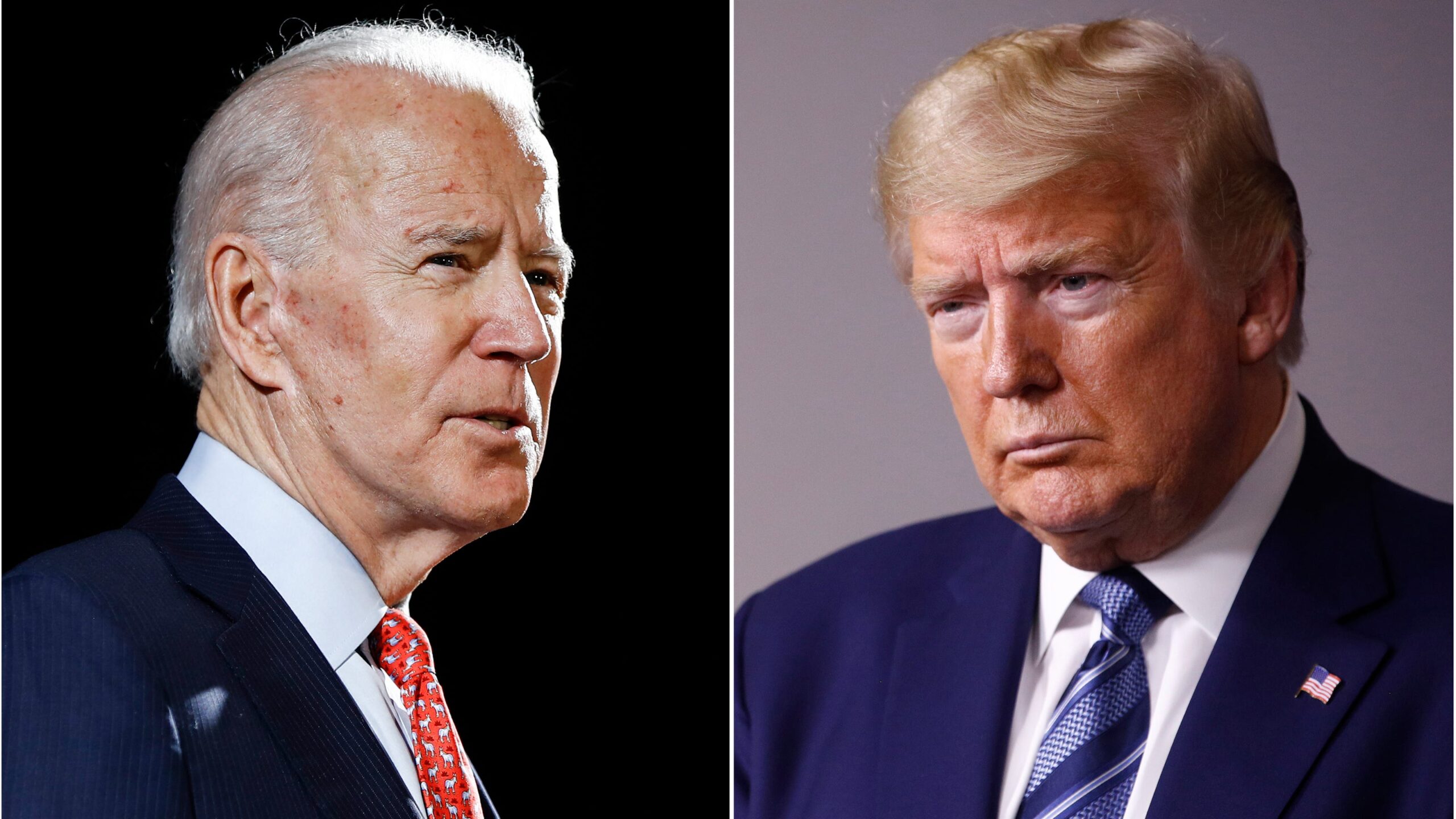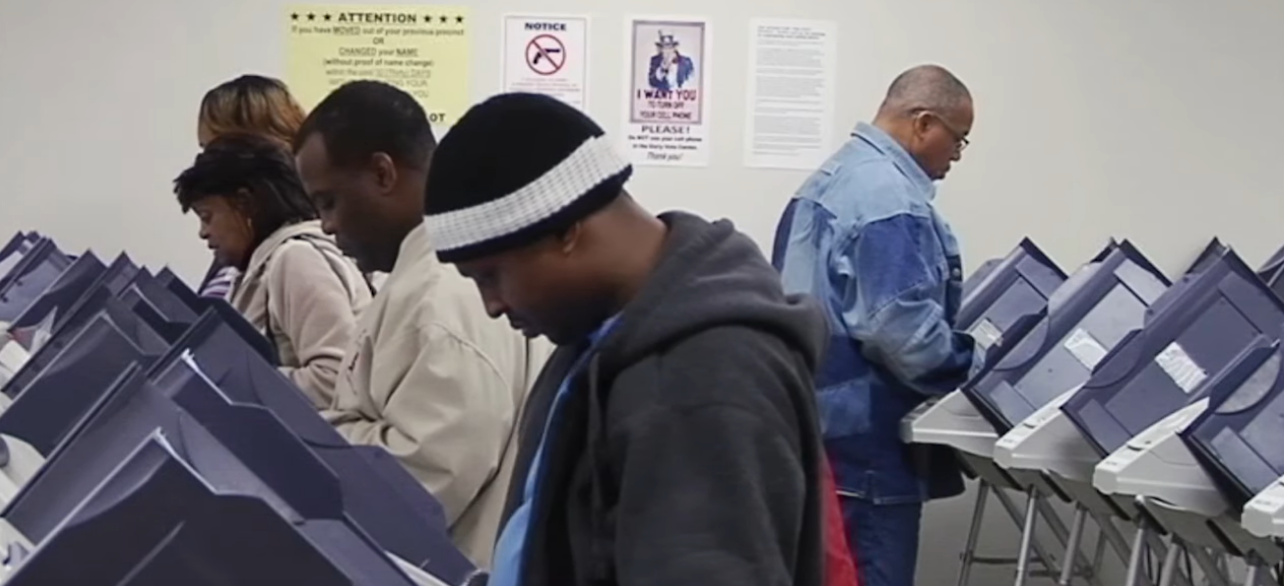The 2020 presidential election marked American history as a turning point, with unprecedented circumstances surrounding it and a very competitive atmosphere. Donald Trump headed the Republican ticket, seeking to unseat Democratic challenger Joe Biden, who once served as vice president. It was an election made remarkable because it happened at such a time when the pandemic of COVID-19 covered the whole event with influence on voter behavior and turnouts.
Expected to be a rematch between Trump and Biden, the contest took an unexpected twist when Biden’s June debate performance prompted him to drop out of the contest. Yet he ended up rejoicing by going back into the race. The result is a real dogfight to the finish. President Biden won more than 81 million votes, in the process becoming the greatest number of votes ever in U.S. history for presidential candidates. Trump received slightly over 74 million; this reflects a very polarized electorate.
Also read: Voting Hours for the US Election 2024: State-by-State Polling Times
State-by-state breakdown
Looking at the results state by state reveals exactly how each candidate performed nationwide. Biden won crucial battleground states that had been voting Republican for years, Michigan, Pennsylvania, and Wisconsin. Those victories would end up being the difference for him in getting 306 electoral votes to Trump’s 232.
In Florida, a state that has swung historically from party to party, Trump not only maintained his lead with about 51% of the vote against Biden’s 48% but also improved upon his showing in the state in 2016.
Wisconsin also accounted for the entire difference this election. In 2020, Biden won by a narrow margin of 49.4% in contrast to 48.8% that Trump was able to manage. Taking this pivotal state back from Trump who barely managed it in 2016 during his first and thus far only election to the position of president.
Voter Turnout and Demographics
The election recorded a significant surge in voter turnout, reaching about 66% of eligible voters, the highest since 1900. Several factors contributed to this, among them mail-in voting, which gained popularity due to health concerns amidst the pandemic. Notably, Biden’s coalition drew substantial support from suburban voters and minorities, particularly among Black and Hispanic communities.
The suburban voters were attracted more to Biden as he did better than Hillary Clinton in 2016. Trump also made some strides in rural voters and among some Hispanic populations, and the outcome reflects a very nuanced election map where both candidates managed to find their pockets of strength.
Aftermath and Implications
Even though he lost the election, Trump refused to concede, instead making claims without evidence of widespread voter fraud. This rhetoric led to major political turmoil, capped by storming the U.S. Capitol on January 6, 2021. The aftermath of this election continues to shape American politics as both parties reassess their strategies moving forward.
The results of the 2020 presidential election undoubtedly go beyond emphasizing deep divisions in American society. Instead, they focus on the very essence of voter engagement and representation. And the outcomes set an important context for elections going forward, as candidates and parties find their way through this new political landscape with changing demographics and shifting priorities among voters.








